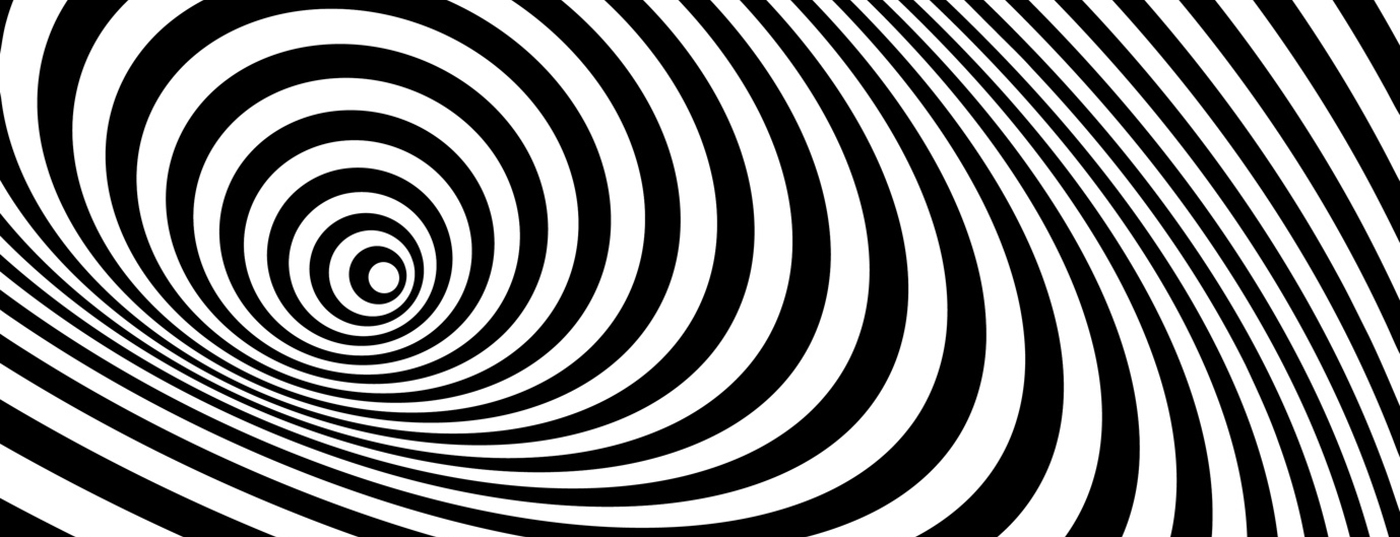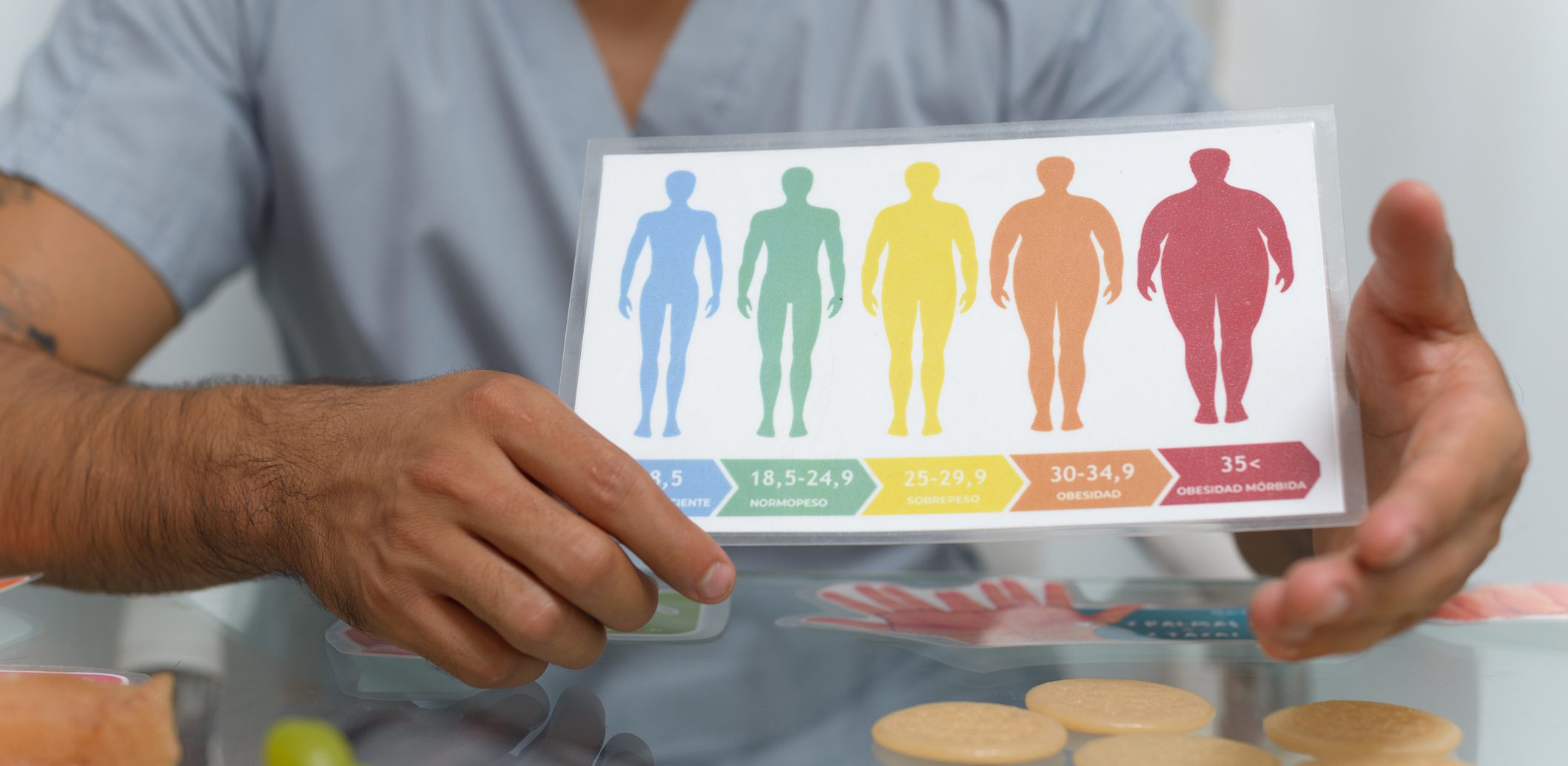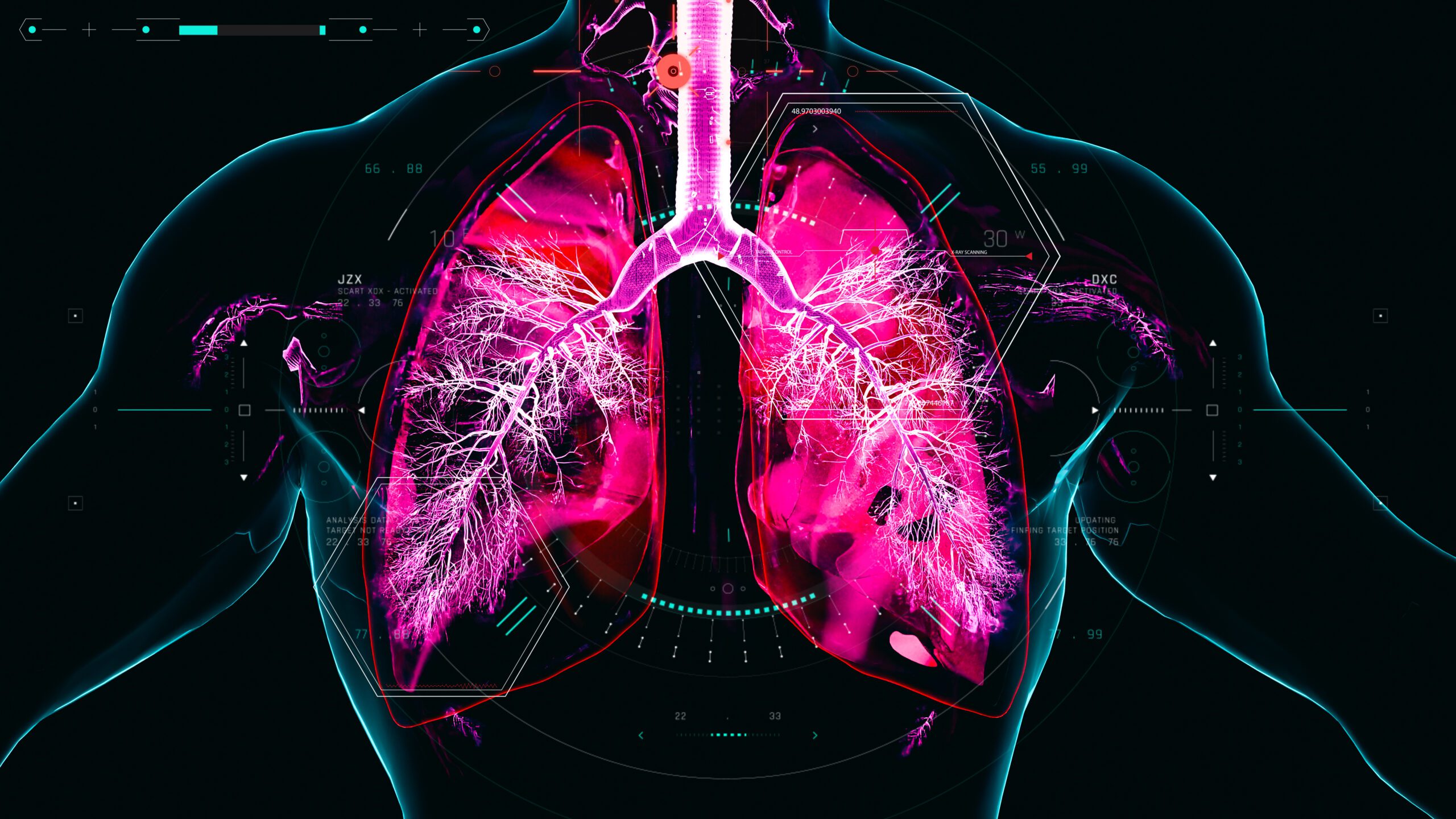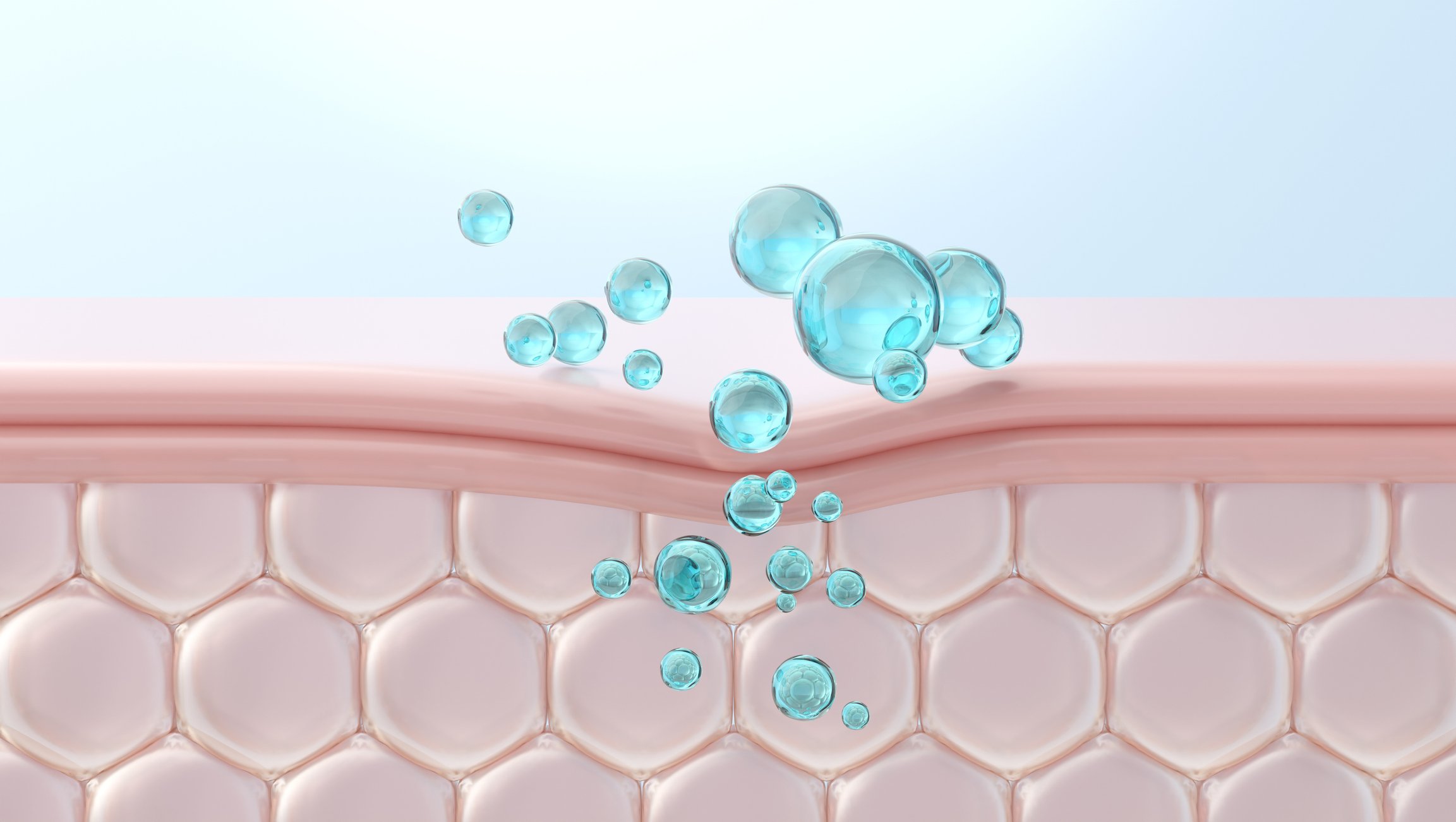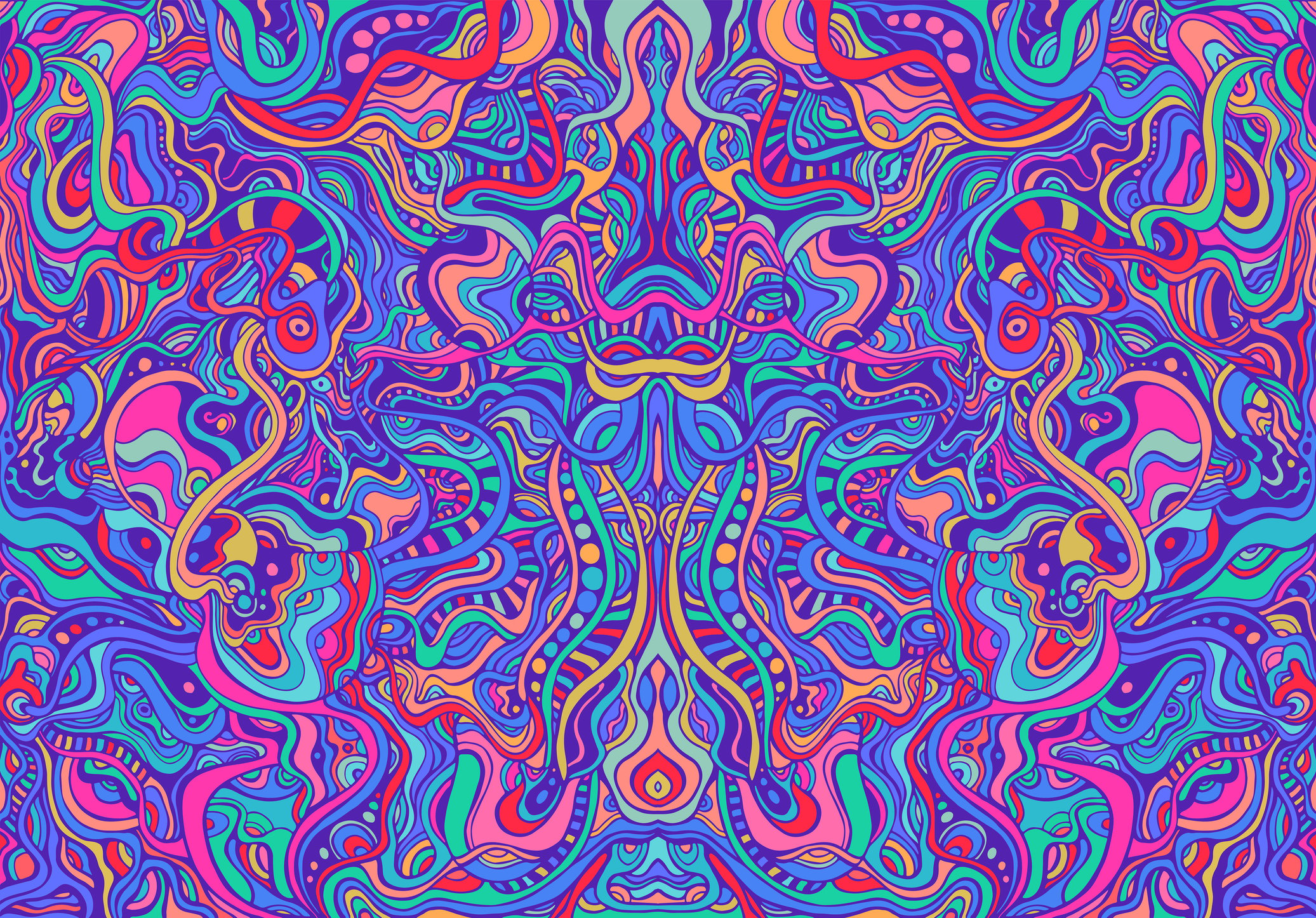Purpose: How good is the combination of two clinical stroke predictors (ABCD2 score and the special oculomotor examination HINTS) for risk assessment of image-morphologically proven stroke in patients with acute vertigo?
Background: Stroke patients with vertigo/vertigo are often difficult to identify due to lack of other typical stroke warning symptoms.
PATIENTS AND METHODS: This is a prospective monocenter observational study in which patients were recruited from November 2009 to March 2013. The target group included patients who presented to the emergency department with acute vertigo symptoms with nystagmus or gait unsteadiness. Patients with benign paroxysmal positional vertigo, purely internal causes, and moderate-to-severe neurologic deficits were excluded. Triage consisted of poststroke condition, determination of ABCD2 score (age, blood pressure, clinical features [=symptoms], duration, and diabetes), vestibular-oriented oculomotor examination (head impulse test, nystagmus test, test for skew deviation = HINTS), and general clinical neurological examination. The primary end point was image morphological evidence of stroke (ischemia or hemorrhage) by MRI within 14 days of event. Multivariable logistic regression of clinical tests with MRI-based evidence of stroke was then calculated.
Results: Acute stroke was detected by imaging morphology in 10.7% of the patients studied (n=272) (26 ischemic and three hemorrhagic). The correlation with ABCD2 score was an odds ratio (OR) of 1.74 with CNS-typical symptoms at an OR of 2.54, with oculomotor examination findings at an OR of 2.82, and with previous stroke at an OR of 0.48. A positive head impulse test and the presence of central pathological nystagmus findings also showed a high risk prediction in a separate single factor analysis.
Authors’ conclusions: The authors conclude that the combination of the ABCD2 score with a neurological examination as well as a vestibular-focused oculomotor examination leads to a better risk assessment regarding acute stroke in patients with acute vertigo.
Comment: Dizziness is one of the most common symptoms that lead to a visit to the doctor. Both in an emergency department and in neurologic or family practice, the challenge is not to overlook a central genesis in terms of acute stroke. In the differential diagnostic classification, one primarily helps oneself with a dedicated anamnesis, followed by a clinical examination. In this regard, the present study combined two scores that are established single predictors of the presence of stroke. In patients with acute vertigo, the special oculomotor examination (HINTS) proved to be a stronger predictive score than the ABCD2 survey in this regard.
Sound assessment and interpretation of oculomotor dysfunction requires personnel intensively trained in neuroophthalmology. The importance of such a finding is again illustrated in this study.
InFo NEUROLOGY & PSYCHIATRY 2016; 14(3): 34.


